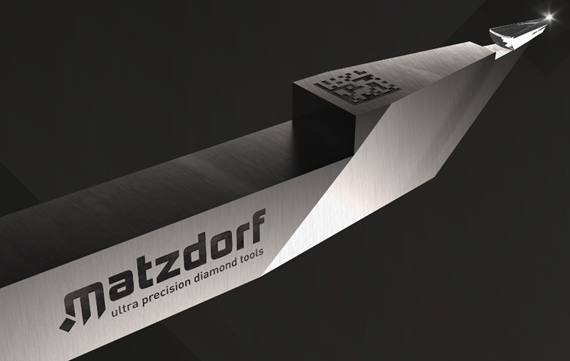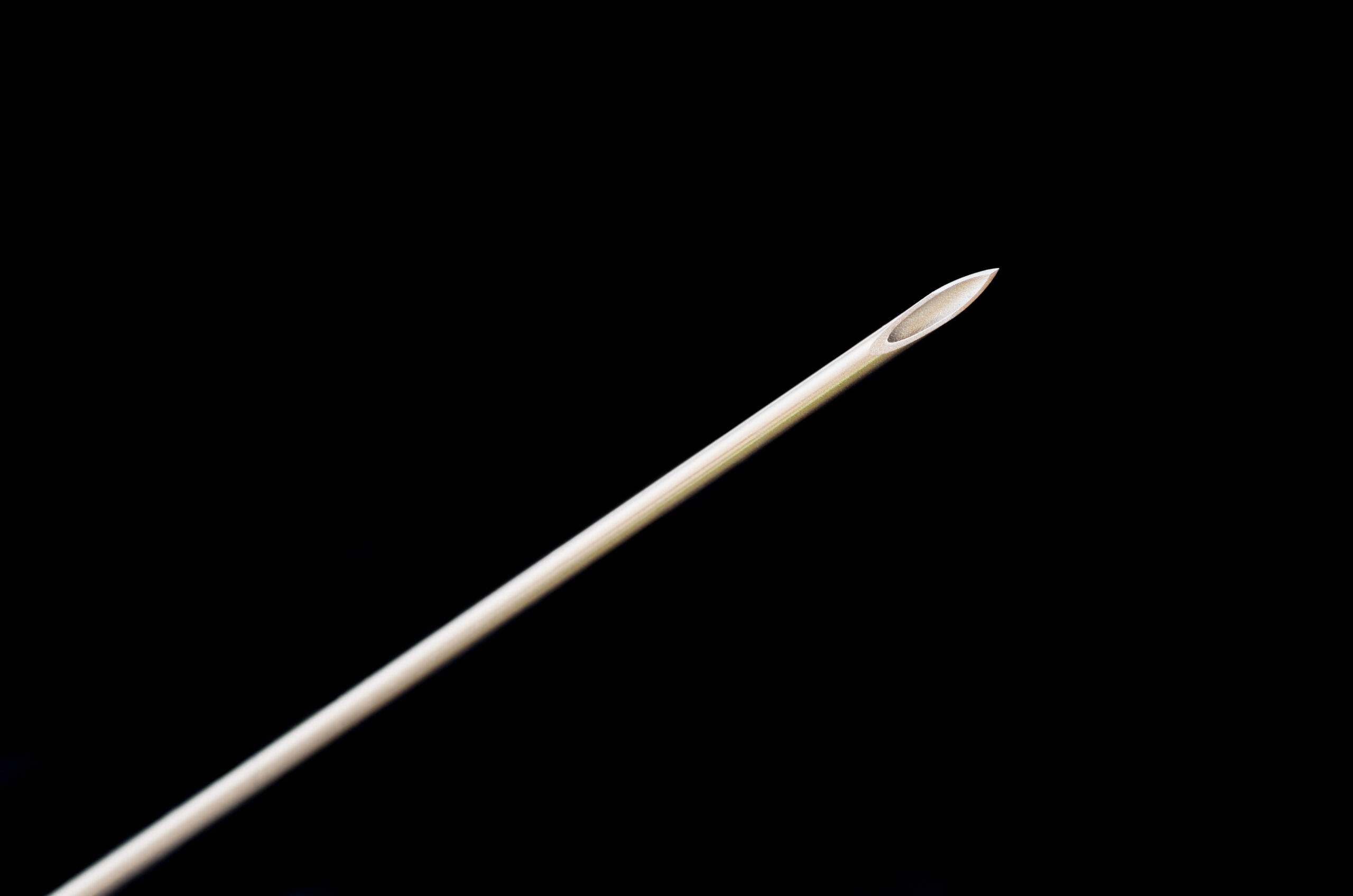The world of art has been transformed by David A Lindon, a micro artist whose extraordinary vision and unwavering dedication have led to the creation of the smallest handmade sculpture in history. The groundbreaking achievement, a minuscule red Lego brick measuring a mere 21.8 x 25.1 microns, was officially recognised by Guinness World Records in February 2025. The size is comparable to that of a human white blood cell, a testament to the artist’s mastery and the precision of the process he employs, which is based on the use of a SMZ25 stereo zoom microscope supplied by the Industrial Solutions Business Unit of Nikon Corporation.
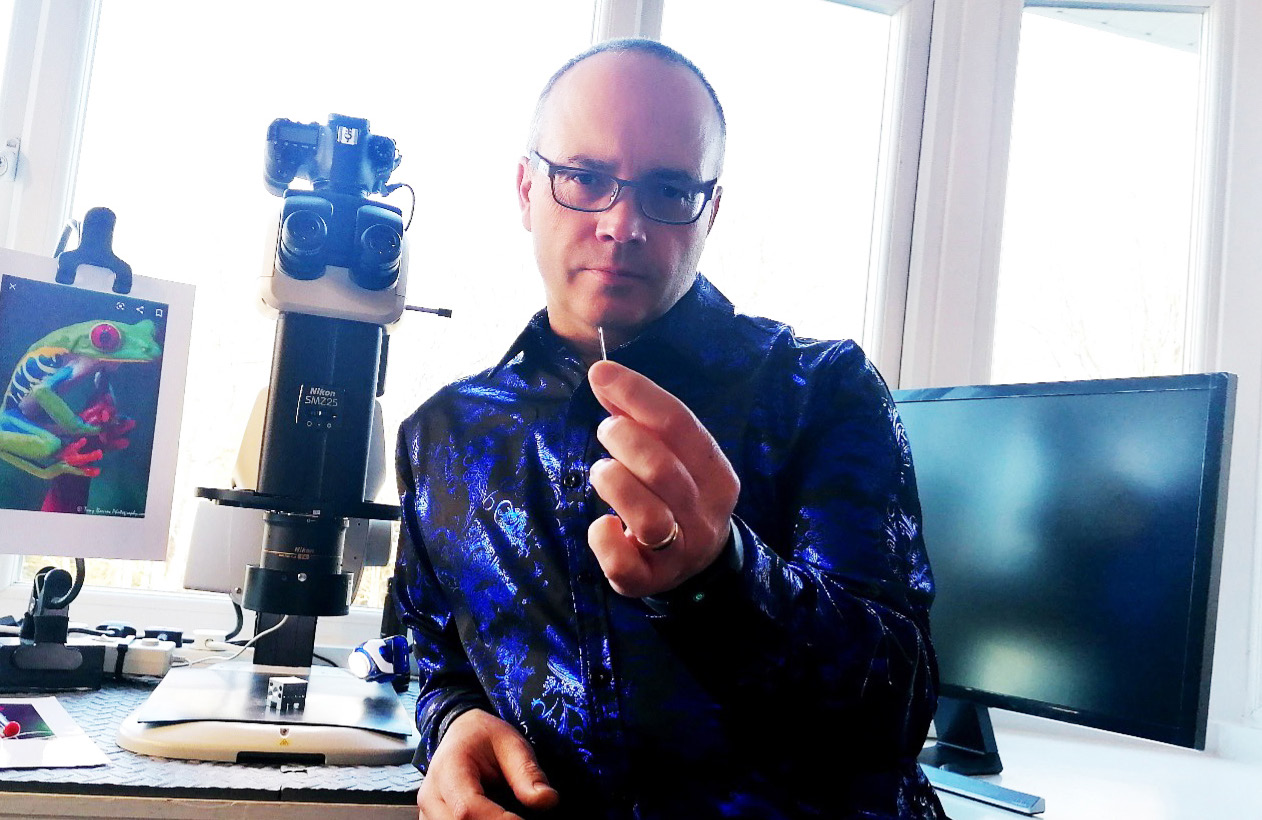
Formerly, Mr Lindon used a lower magnification microscope of a different make with inferior optics and lighting, and zoom and focus controls that were mechanically operated. It presented shortcomings, including lower creative accuracy and incorrect colour mixing due to the limited magnification. Purchased in January 2022, the Nikon SMZ25 is now indispensable to Mr Lindon’s creativity, as the high-resolution, high-magnification microscope provides enhanced capabilities for manipulating materials with unparalleled precision. Attesting to the SMZ25 stereo zoom microscope’s transformative power, the artist stated.
The clarity of view, large field of focus and practical working distance have been transformational, allowing me a clear view of my creations.”
“In particular, the foot-pedal electronic controls that actuate the motorised zoom and focus are a crucial feature, significantly reducing the risk of damage to artwork by allowing me to operate the microscope without using my hands to adjust the instrument.”
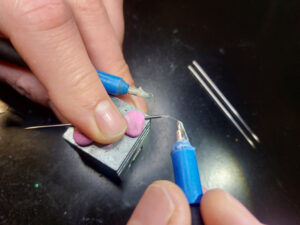
His record-breaking Lego brick was not a solitary achievement, but one of three progressively smaller sculptures, each pushing the boundaries of what is possible to create. The first in the series was a two-by-four stud Lego brick that, upon measurement, was the smallest artefact ever made. It was followed by a smaller two-by-two-stud brick and in an astonishing climax, an even tinier single-stud brick was measured just twenty minutes after the second, revealing that the artist had surpassed his own record yet again. All three creations, despite their known location on a pin head, are invisible to the naked eye.
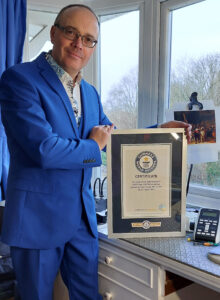
Mr Lindon’s artistic journey began in Poole, Dorset, UK, where he was born the youngest of four children. His father, an aircraft fitter, and his parents, who ran a second-hand shop, instilled in him a strong work ethic and a diverse skill set. His early career involved specialised engineering work with the Ministry of Defence in Britain and later in the aircraft industry, where he honed his skills working with complex miniature devices and avionics. These experiences undoubtedly contributed to his dexterity and precision in the meticulous and time-consuming area of creating very small pieces of art, with each piece often taking several months. He employs a variety of materials, including micro-sized pigments, minerals, Kevlar strands, carbon, and even organic elements like pollen grains and- hairs from a dragonfly’s leg. His special tools, often crafted from silicon carbide and featuring microblading needles, are essential for the intricate cutting, carving and painting involved.
The Nikon SMZ25 microscope is not just a tool for magnification but an integral part of Mr Lindon’s creative process. Its advanced optical system and user-friendly controls enable him to work with precision and fluidity. Moreover, the ability to mount a Nikon SLR camera on the microscope has proven invaluable, allowing capture of high definition images of the artistic items. It not only aids in documenting the work but also allows others to appreciate the intricate details and vibrant colours.
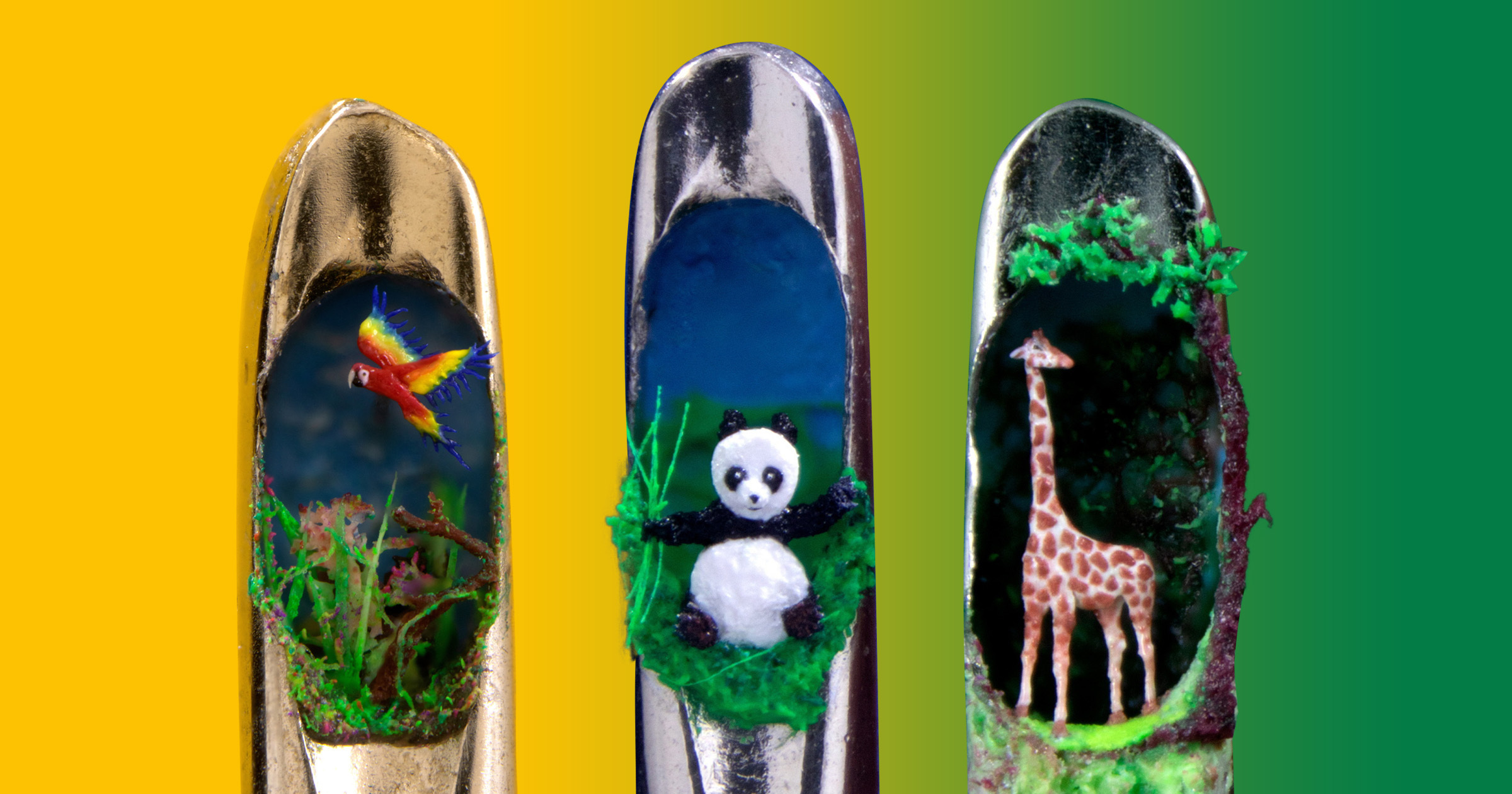
The achievements of David Lindon extend beyond his record-breaking Lego bricks. His portfolio includes a diverse range of microscopic artworks, from a Dalmatian dog held inside the eye of a needle to intricate recreations of classic paintings and even a rotating facsimile of Stonehenge, a prehistoric megalithic structure in the UK. The work has garnered international acclaim, with features in major news outlets and pieces exhibited across the globe. Notably, one of his early pieces, a bust of Queen Elizabeth II on a platinum pin, is owned by the royal family.
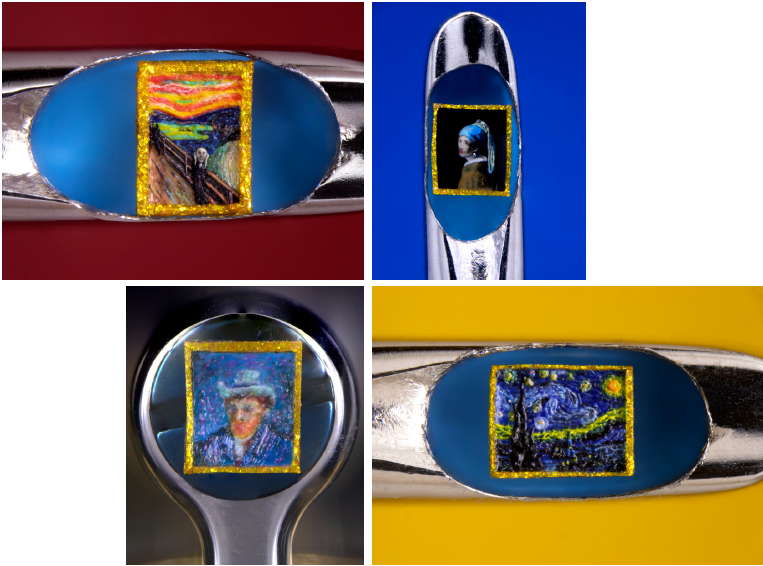
Creating art at such a small scale presents unique challenges. Mr Lindon must maintain exceptional control over his breathing and heart rate to prevent even the slightest tremor from disrupting his work. The delicate nature of the materials and the risk of accidental damage or loss add to the complexity of the process. Despite these challenges, the artist’s dedication and perseverance have enabled him to overcome numerous obstacles and achieve remarkable artistic feats, which will doubtless continue far into the future with the aid of the Nikon microscope.


